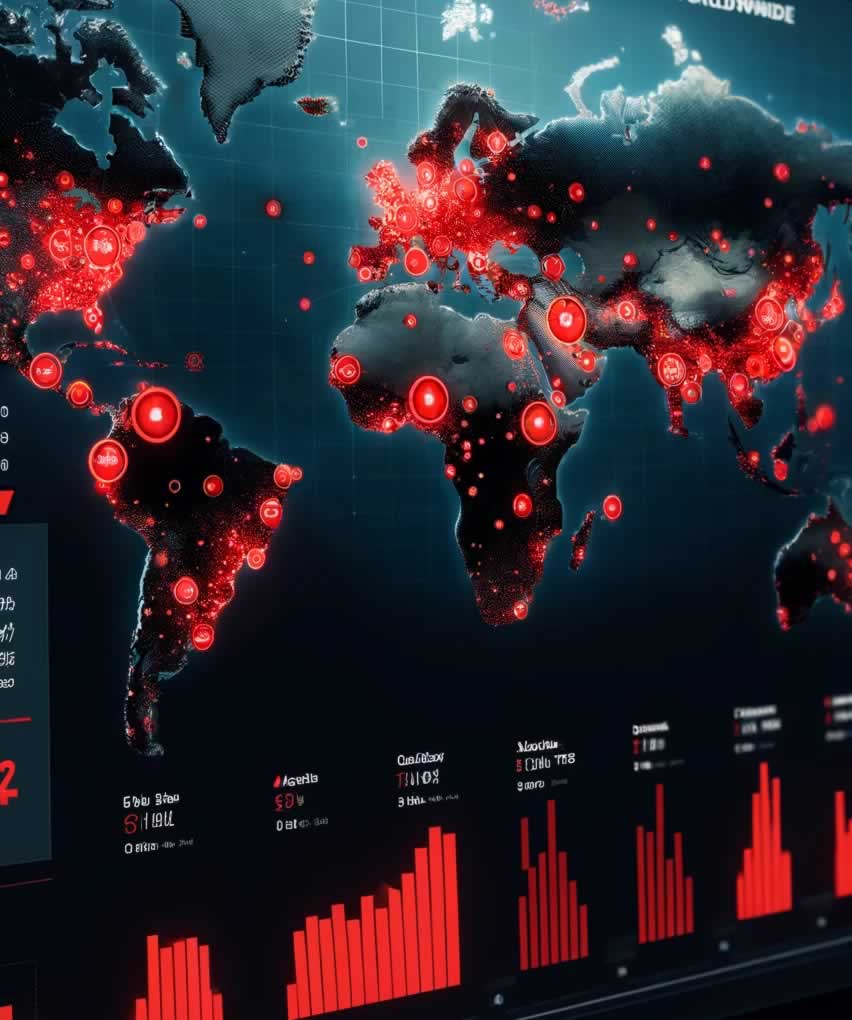Dual Innovation Ecosystem Strategy
When new technologies and competitors disrupt markets, many enduring organizations exert to keep going. Possible reasons for disruption may be multiple but one of them is inadequate preparation to develop new products and services during… Dual Innovation Ecosystem Strategy











